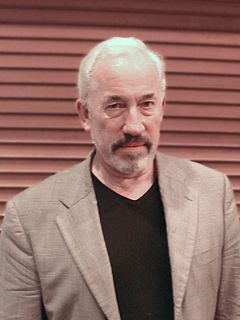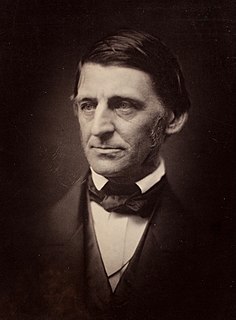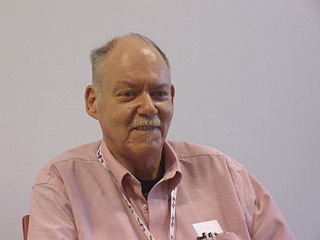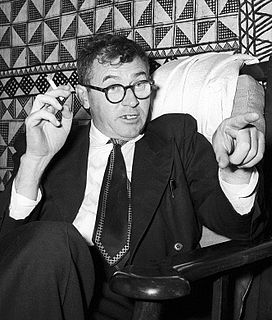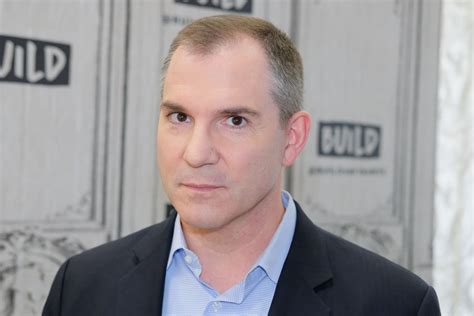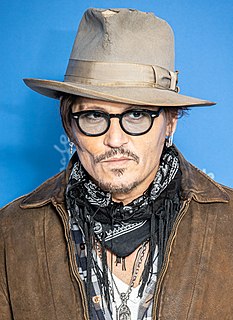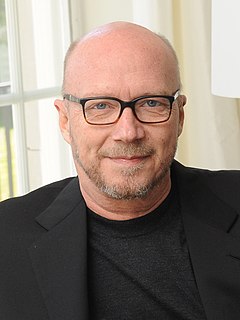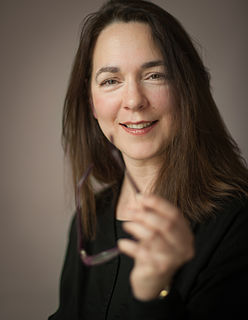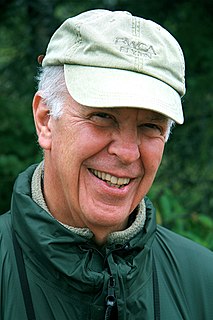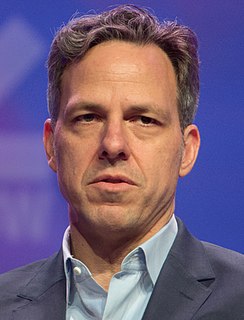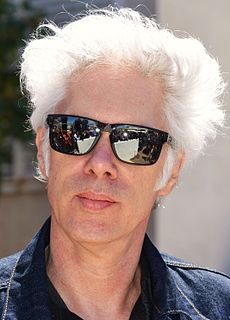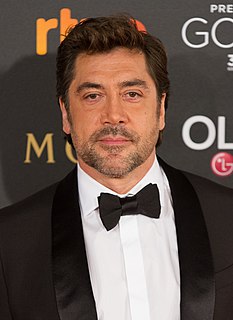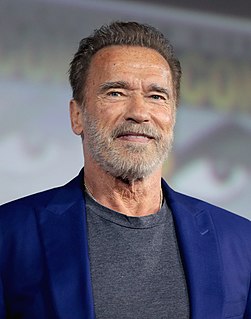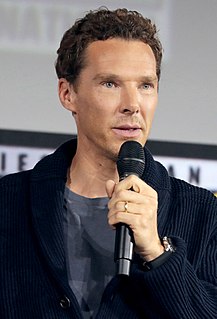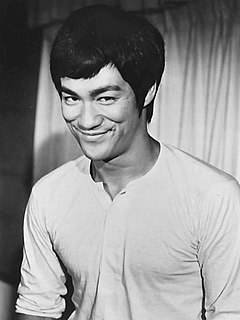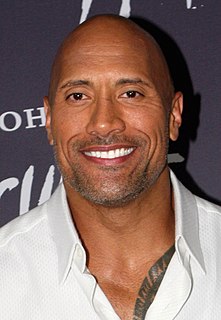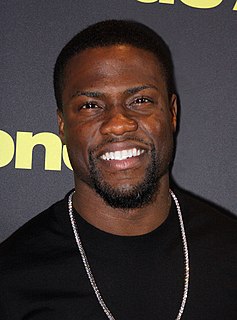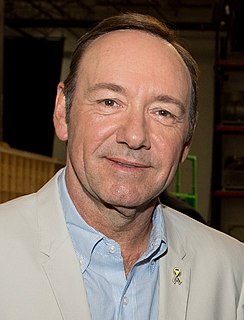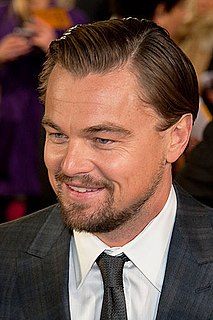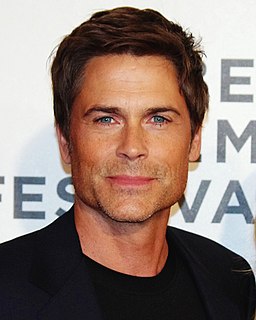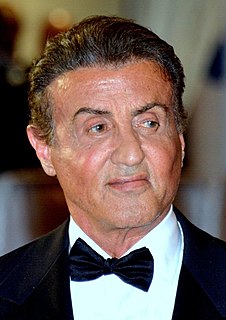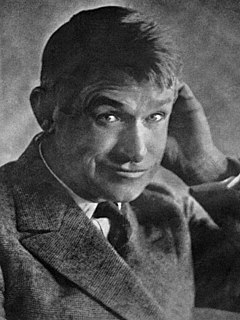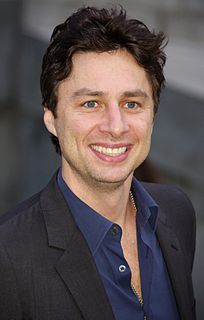A Quote by Simon Callow
He always describes his characters' voices and their physique so brilliantly. As people have said, they are cartoons, caricatures. They're grotesques really.
Quote Topics
Related Quotes
Fitzgerald describes the social disillusionments and ballroom romanticism of the young people of the upper classes and the loneliness of Gatsby, who gives large parties and has an extensive social life; yet he is lonely, and his guests scarcely know him.... Hemingway's characters live in a tourist world, and one of their major problems is that of consuming time itself. It is interesting to observe that his works are written from the stand point of the spectator. His characters are usually people who are looking--looking at bullfights, scenery, and at one another across cafe tables.
I remember going to a Trump rally in South Carolina, and it was really important and it was really interesting to talk to the people who'd shown up there because they were not caricatures, and so often Trump voters, Trump supporters were being portrayed in the media, probably I'm guilty of it as well, as caricatures. Each of these people, and I talked to maybe a dozen of them, had a very particular reason why he or she was supporting Donald Trump , but these were not casual, inexplicable decisions.
It's funny what [producer Richard Zanuck said about even though you can't quite place when the book or the story came into your life, and I do vaguely remember roughly five years old reading versions of Alice in Wonderland, but the thing is the characters. You always know the characters. Everyone knows the characters and they're very well-defined characters, which I always thought was fascinating. Most people who haven't read the book definitely know the characters and reference them.
Now we really like to put people in boxes. As men, we do it because we don't understand characters that aren't ourselves and we aren't willing to put ourselves in the skin of those characters and women, I think, terrify us. We tend not to write women as human beings. It's cartoons we're making now. And that's a shame.
The people in this house, I felt, and I included myself, were like characters each from a different grim and gruesome fairy tale. None of us was in the same story. We were all grotesques, and self-riveted, but in separate narratives, and so our interactions seemed weird and richly meaningless, like the characters in a Tennessee Williams play, with their bursting unimportant, but spell-bindingly mad speeches.
I now understand what Nelle Morton meant when she said that one of the great tasks in our time is to "hear people to speech." Behind their fearful silence, our students want to find their voices, speak their voices, have their voices heard. A good teacher is one who can listen to those voices even before they are spoken-so that someday they can speak with truth and confidence.
I did freelance cartooning off and on from college graduation in 1991 through ABC News hiring me in 2003. I did a weekly comic strip for 'Roll Call' for about nine years. I sold cartoons and caricatures to 'The Los Angeles Times' and 'The Washington Post.' I drew as much as I could. It's really tough to make a living doing it.
I've played people that are on the line of evil and good, but that's life. We are always playing with the good and the bad. I see them as people. I don't see them as caricatures. I try to not make them caricatures. Maybe I fail, but I try to see what' behind them. Would I play the hero? A superhero? I don't think so. But, I play good guys. There are some there, but you have to look.
